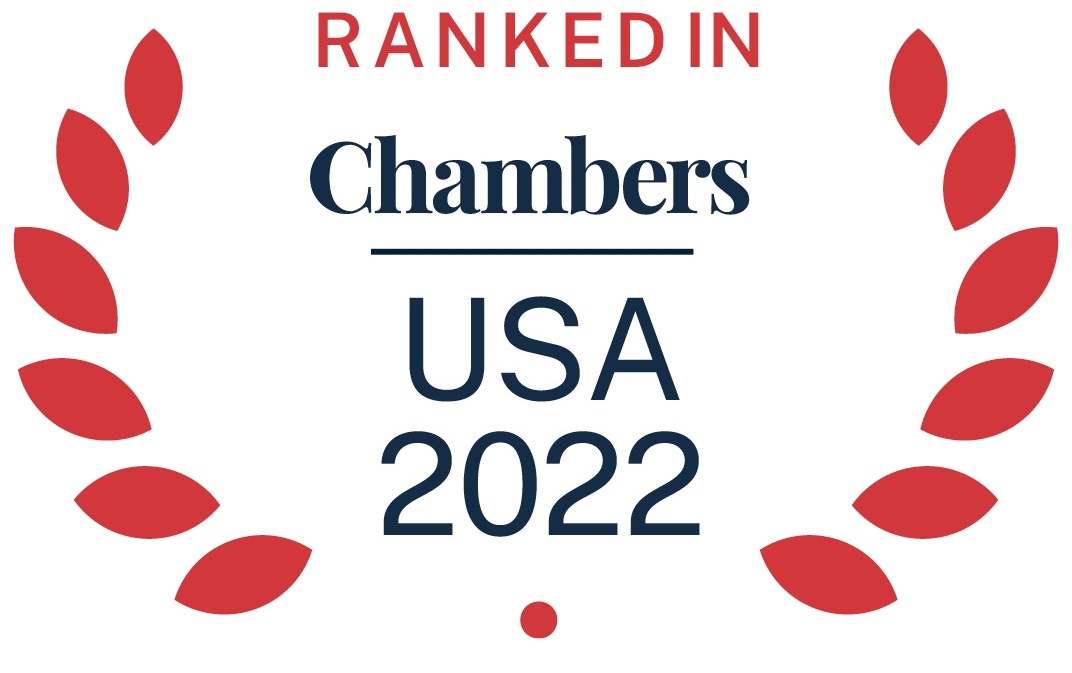The US Court of Appeals for the Federal Circuit vacated a district court’s grant of summary judgment of noninfringement because the district court improperly narrowed a claim term during its construction. IQRIS Technologies LLC v. Point Blank Enterprises, Inc. et al., Case No. 2023-2062 (Fed. Cir. Mar. 7, 2025) (Lourie, Linn, Stoll, JJ.)
IQRIS sued Point Black and National Molding for infringing its patents related to “quick release systems on tactical vests.” The patent claim vests include a “pull cord.” When pulled, the pull cord causes releasable hooks to disengage, detaching the front and rear portions of the vest. The defendants moved for summary judgment of noninfringement, arguing that the claimed “pull cord” is “a cord on the exterior of the ballistic garment grasped by a user that is capable of disengaging the releasable fastener or releasable hook when a user pulls on the pull cord.” IQRIS argued that the term should be construed as “a component which, when put into tension, can result in activating the releasable fastener.”
The district court construed “pull cord” as a “cord that can be directly pulled by a user to disengage a releasable fastener or releasable hook,” a construction that excluded cords with a handle. The district court found that one of the accused products featured a “trigger manifold” that enabled the user to apply “indirect force to [an] internal wire by applying a direct force to the trigger.” As a result, the district court determined that no reasonable jury could find infringement for that product. For another product, the district court found summary judgment to be appropriate because to rule otherwise, the accused vest would improperly encompass prior art criticized in the “background of the invention” portion of the patent specification. The specification criticized prior art having “cutaway vests with ‘handle’ release systems.”
IQRIS appealed. The Federal Circuit considered whether the district court correctly restricted “pull cord” to cords that are “directly pulled by a user.” The Court found that the claim language, which made no reference to “who or what pulls,” did not distinguish between direct and indirect pulling. Citing the patent specification, the Federal Circuit disagreed with the lower court’s interpretation, noting that the specification referred to a directly pulled element as a “pull cord” but an indirectly pulled element as just a “cord.” The Court noted that even though all disclosed embodiments depicted a directly pulled pull cord, “our precedent counsels against reading this requirement into the claims when the claims do not expressly require as much.”
The Federal Circuit next considered whether the proper construction of the term “pull cord” excluded cords with handles. The Court found that “nothing in the claim language, specification, or prosecution history supports this construction.” The claim language was “silent about the structure of the pull cord,” and the specification “suggest[ed] otherwise because each of the figures depicts a circular ball at the end of the pull cord[], suggesting that the inventors contemplated pull cords with handles.” While the specification criticized the cutaway [...]
Continue Reading
read more


 Subscribe
Subscribe


